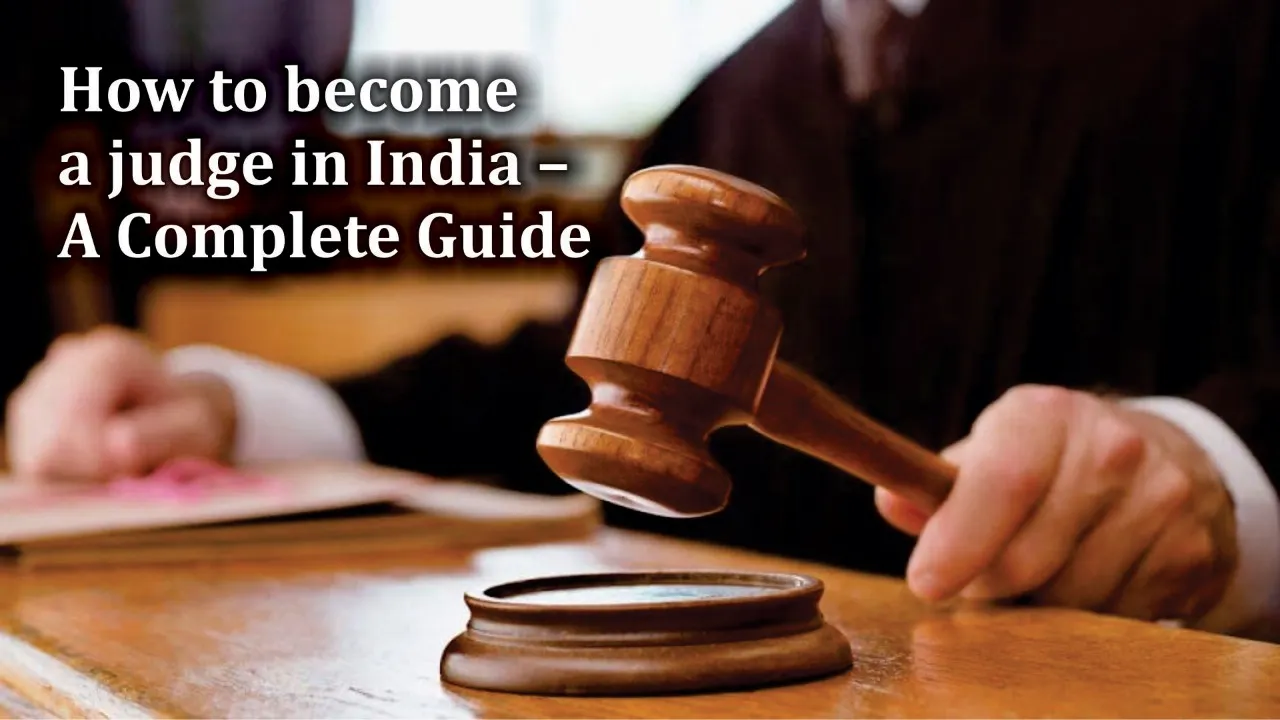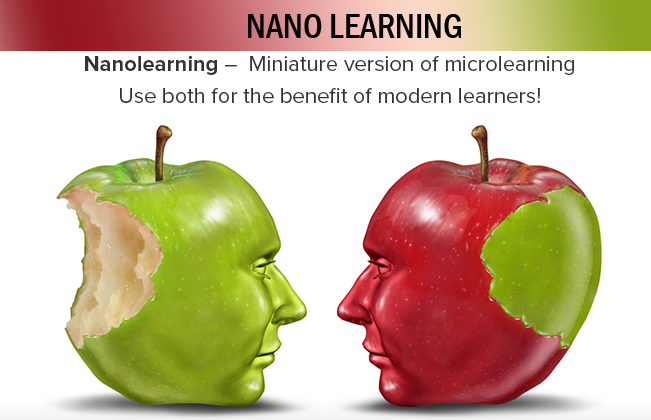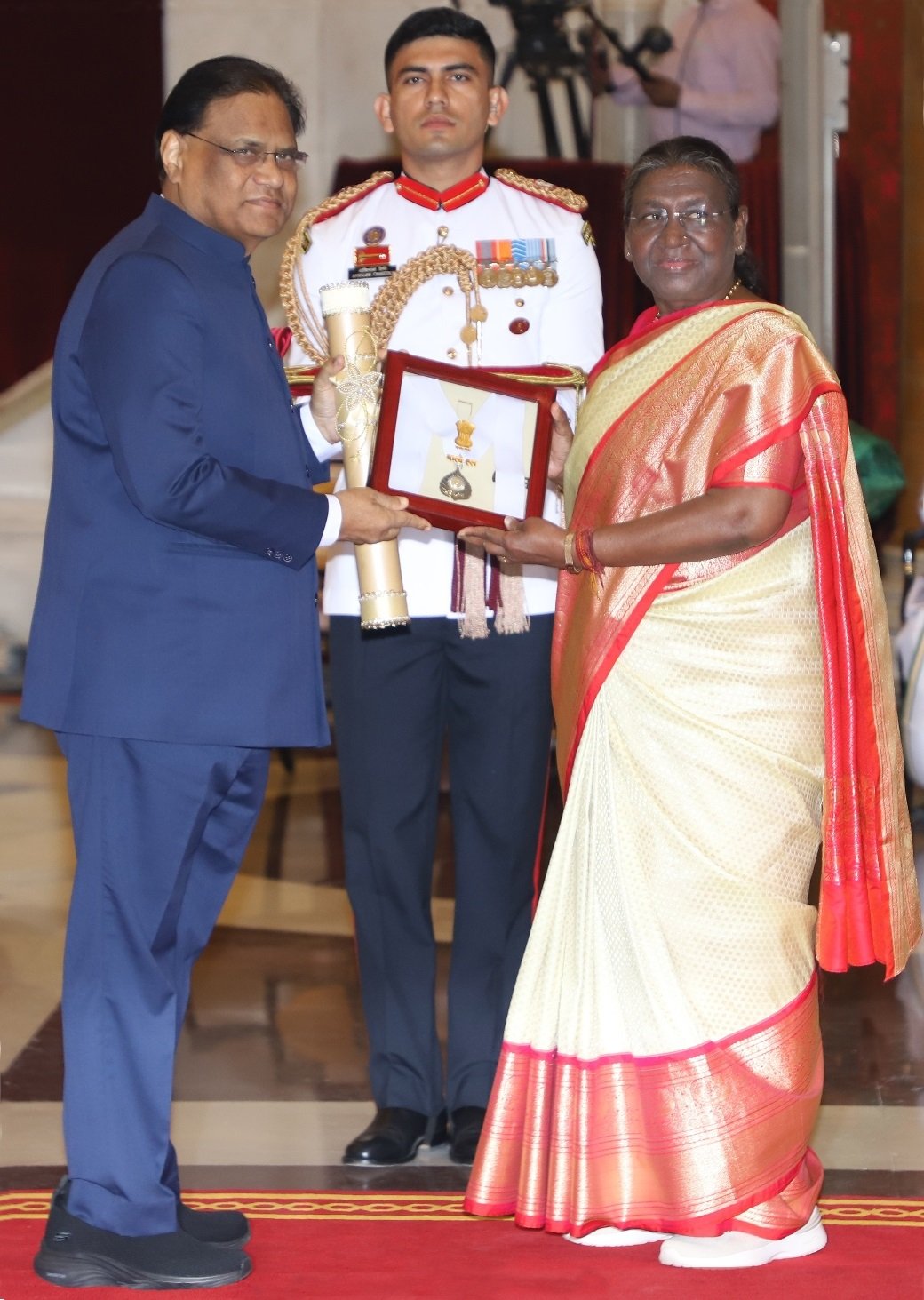The Russian Revolution was one of the most transformative events of the 20th century, marking the end of centuries of monarchical rule and the rise of communism. Occurring in two key phases — the February Revolution and the October Revolution of 1917 — it reshaped Russia’s political, social, and economic structure and influenced revolutions across the world.
The February Revolution (March 1917)
The February Revolution began due to deep frustration among the Russian people with Tsar Nicholas II’s rule. World War I had devastated Russia — millions of soldiers were dead, food was scarce, and inflation was rampant. Workers in Petrograd (now St. Petersburg) organized massive strikes and protests, demanding “bread and peace.”
As the unrest spread, soldiers refused to fire on the demonstrators and instead joined them. This mass uprising forced Tsar Nicholas II to abdicate the throne, ending over 300 years of Romanov dynasty rule. A Provisional Government was established to lead Russia toward democracy, but its inability to address key issues soon led to growing instability.
The Rise of the Bolsheviks
The Provisional Government, led by moderate socialists and liberals, made a critical mistake — it chose to keep Russia in World War I. As the suffering continued, the Bolshevik Party, under Vladimir Lenin, gained popularity. Lenin returned from exile in April 1917 and presented his famous “April Theses,” which demanded “Peace, Land, and Bread.”
The Bolsheviks appealed to workers, peasants, and soldiers, promising to end the war, redistribute land, and transfer power to the Soviets (workers’ councils).

The October Revolution (November 1917)
By October 1917 (November by the modern calendar), public dissatisfaction reached its peak. The Bolsheviks, now powerful and well-organized, staged a nearly bloodless coup in Petrograd, overthrowing the Provisional Government. They seized key government buildings, communication centers, and declared power in the name of the Soviets.
Lenin became the leader of the world’s first socialist government, immediately withdrawing from World War I and beginning sweeping reforms.
Civil War and the Birth of the Soviet Union
Following the revolution, Russia plunged into a civil war between the Red Army (Bolsheviks) and the White Army (anti-communist forces) from 1918 to 1922. After years of fierce fighting, the Bolsheviks emerged victorious, and in 1922, the Union of Soviet Socialist Republics (USSR) was officially established.
The Russian Revolution fundamentally changed the course of world history. It ended centuries of monarchy, gave birth to a communist superpower, and inspired revolutionary movements around the globe. The ideals, struggles, and outcomes of 1917 continue to shape political thought even today.
The History of Alexander the Great
The Brahmo Samaj or Brahmo Sabha by Raja Ram Mohan Roy
![]()





